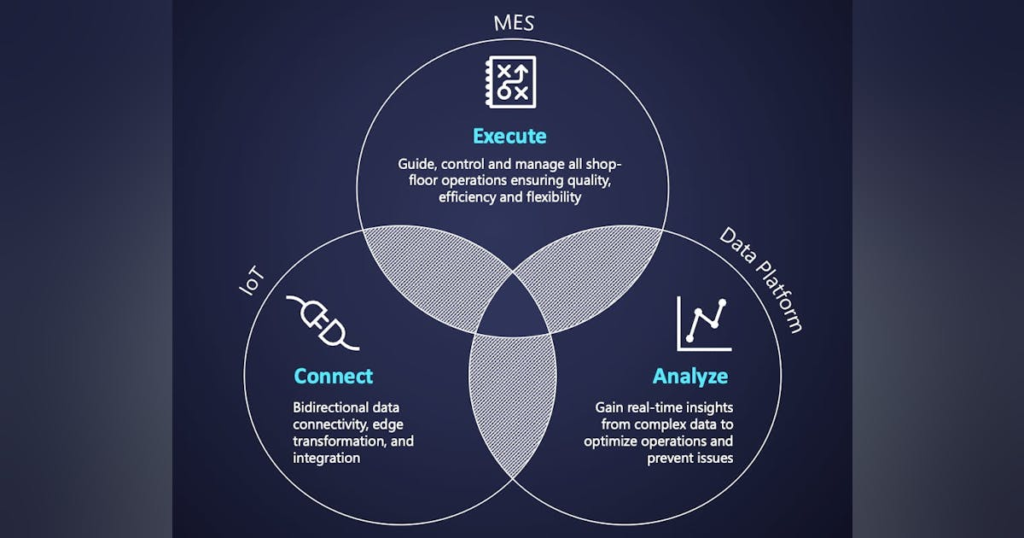In the rapidly evolving landscape of technology, small to medium-sized businesses (SMBs) face significant challenges in keeping pace with advancements that can streamline operations and enhance productivity. The concept of exponential growth in technology, exemplified by Ray Kurzweil’s insights on computing power and intelligence, underscores the urgency for SMBs to adapt. Organizations that lag behind in technology adoption risk falling into a widening gap where traditional practices no longer meet the demands of modern markets.
To successfully navigate this landscape, SMB leaders must think strategically about technology adoption. Instead of merely upgrading existing systems, they should consider a comprehensive rethink of their operations. One effective approach to automation is through the implementation of Artificial Intelligence (AI) platforms and tools like Make, Zapier, and others, which can integrate seamlessly with existing workflows while providing substantial efficiency gains.
The first step in this automation journey involves identifying processes that are repetitive and time-consuming. Common candidates include customer relationship management (CRM), invoicing, inventory management, and marketing tasks. Once these processes are identified, leaders should conduct a careful evaluation to determine the potential for automation. Look for workflows that require minimal human intervention and can benefit from speed and accuracy improvements.
Following this analysis, the next step is to create a clear vision for automation. Define specific goals such as reducing processing time, minimizing errors, or enhancing customer engagement. Having well-articulated objectives will guide the selection of the right tools and systems. For instance, if the goal is to automate customer follow-up communications, platforms like Zapier can be configured to send automated emails based on specific triggers, such as a new inquiry or a completed service request.
After setting objectives, it is crucial to choose the right automation tool. Many SMBs gravitate towards platforms like Make and Zapier due to their ease of use, scalability, and compatibility with various applications. Each tool has unique features, so SMBs should consider testing a few options to determine which best meets their needs. Once a platform is selected, take advantage of their templates and guidelines to set up initial automation scenarios. Collaborating with team members during this phase can provide insights into their daily challenges and refine the automation design for maximum impact.
Implementation should not be rushed. Start with a pilot program to address one or two well-defined tasks before scaling up. Monitor the outcomes closely and solicit feedback from users to identify areas for improvement. This iterative process not only ensures that the automation aligns with team workflows but also builds a culture of acceptance and adaptability toward new technology.
While automation offers substantial opportunities, there are also inherent risks that must be managed. These include potential over-reliance on technology, which can lead to knowledge gaps within the workforce. To mitigate such risks, prioritize training sessions that not only educate staff on using new tools but also emphasize the importance of human oversight and strategic thinking in automated processes. Additionally, ensure that there is a clear communication channel between teams that utilizes automation and those that do not, creating a holistic approach to operations.
As SMBs delve deeper into automation, they should also consider the long-term return on investment (ROI) associated with these initiatives. The time saved on manual processes can be redirected toward higher-value activities such as strategic planning and innovation. Moreover, automation can enhance data accuracy, leading to more informed decision-making and improved customer experiences. Regularly assess the performance metrics related to automated tasks to evaluate ROI and make necessary adjustments to enhance efficiency further.
Moreover, with AI agents evolving to execute complex tasks autonomously, their integration presents an exciting yet challenging frontier for SMBs. These agents can take automation to a new level by analyzing vast datasets and performing tasks that were previously thought to require human intelligence. However, transitioning to AI-driven operations must be approached thoughtfully. Understanding the capabilities and limitations of AI tools is essential to effectively leverage them in operational strategies.
It is also important for SMBs to establish a solid data platform foundation. Many traditional manufacturing systems remain entrenched within outdated relational database frameworks that are not designed for AI capabilities. Therefore, organizations should prioritize building data infrastructures that allow for easy access to diverse and expansive datasets, including historical data and real-time processing feeds. By doing so, they position themselves to fully utilize powerful AI capabilities, which enhance productivity and decision-making.
As SMBs embrace advancement through automation and AI, they prepare for a future where adaptability will be essential. Companies that leverage thoughtful technology integration will not only close the existing gaps but will also cultivate a competitive advantage in an increasingly demanding market. In summary, a measured approach to automation—grounded in clear objectives, strategic tool selection, gradual implementation, and ongoing evaluation—will pave the way for SMBs to thrive in an era defined by rapid technological change.
FlowMind AI Insight: Embracing automation isn’t merely about technology; it’s about redefining how teams work together and redefining success. SMBs that invest in effective strategies for technology adoption will not only enhance operational efficiency but also empower their workforce for future challenges and opportunities.
Original article: Read here
2025-08-28 12:02:00

